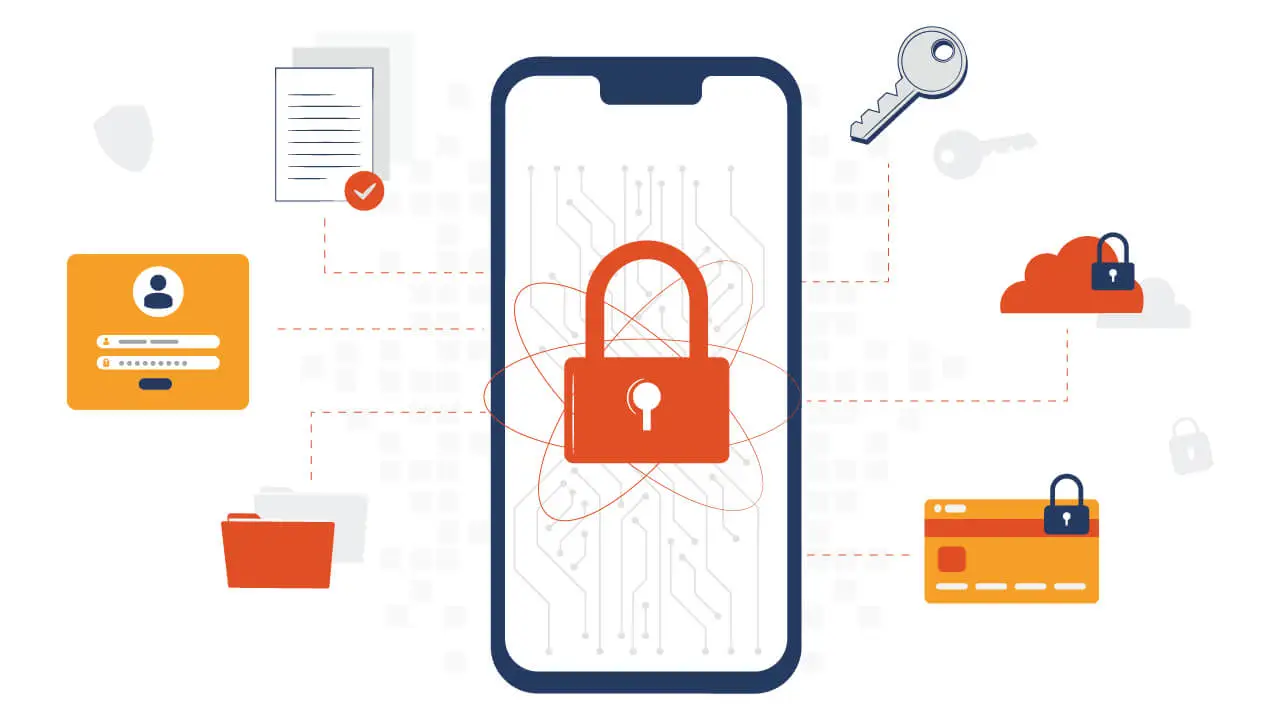In today’s mobile-first world, securing user data in mobile apps is more critical than ever. With the increasing reliance on smartphones and tablets for everything from banking to shopping, protecting user information has become a top priority. Here’s a deep dive into the best practices for securing mobile apps and ensuring that user data remains safe.
Prioritizing Encryption
1. Encrypt Data in Transit and at Rest
Encryption is the cornerstone of mobile app security. By encrypting data both in transit and at rest, you ensure that sensitive information is protected from unauthorized access. In my experience, using robust encryption algorithms such as AES (Advanced Encryption Standard) helps safeguard user data from potential breaches.
When developing your mobile app, implement HTTPS for all data transmissions. This encrypts the data exchanged between the app and server, making it harder for attackers to intercept and decipher. Additionally, encrypt data stored on the device to protect it in case the device is lost or stolen. I’ve learned that combining these practices offers a solid defense against data theft.
Implementing Secure Authentication
Use Strong Authentication Methods
Authentication is a critical component of mobile app security. Weak authentication methods can leave your app vulnerable to unauthorized access. Implementing strong authentication mechanisms such as multi-factor authentication (MFA) can significantly enhance security.
Incorporate biometric authentication options like fingerprint or facial recognition, which offer an extra layer of security and convenience for users. These methods are not only user-friendly but also make it more difficult for attackers to gain access. In my own projects, I’ve found that integrating MFA and biometric options not only boosts security but also improves user trust.
Regular Updates and Security Testing
Keep Your App Updated
Regular updates are essential for maintaining app security. Each update should address vulnerabilities, fix bugs, and improve overall security. An outdated app with known vulnerabilities can be an easy target for attackers.
Conduct regular security testing, including penetration tests and vulnerability assessments, to identify and address potential weaknesses. These tests help ensure that your app remains secure against the latest threats. I’ve seen how proactive updates and thorough testing can make a significant difference in protecting user data and maintaining app integrity.
4. Secure Code Practices
Follow Secure Coding Guidelines
The foundation of a secure mobile app starts with the code. Adhering to secure coding practices can prevent common vulnerabilities such as SQL injection, cross-site scripting (XSS), and insecure data storage.
Ensure that your development team is familiar with secure coding standards and guidelines. Regular code reviews and static code analysis tools can help identify and rectify security flaws early in the development process. From my experience, integrating secure coding practices from the start helps mitigate risks and build a more robust application.
Conclusion
In a mobile-first world, protecting user data is paramount. By prioritizing encryption, implementing strong authentication methods, keeping your app updated, and following secure coding practices, you can safeguard your mobile app from potential threats and ensure a secure experience for your users.
If you’re looking to deepen your knowledge in mobile app security and protect your user data effectively, check out our specialized courses.
Discover how to protect user data effectively and enhance your skills with our targeted technology Bootcamps. With the perfect course, take proactive steps in mobile app security.








